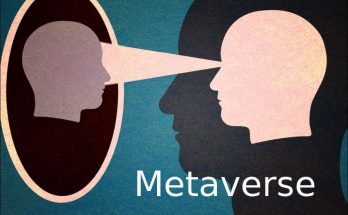Internet addiction and Metaverse. With Metaverse, internet addiction will reach levels never seen before. Here, it is extremely important to support content that develops children’s abilities such as algorithmic thinking and problem solving.
With the development of technologies such as NFT, Poap or Souldbond NFT, children will express themselves on Web3 platforms as part of their digital identity and create their identities, also known as DID. These identities should be scanned with both traditional and artificial intelligence-supported programs and studies should be supported on which areas of technology the child can be successful in and which course contents in the curriculum this technological production can be intersected with.
We are talking about a future in which disinformation will move from 2 dimensions to 3 dimensions and increase exponentially. Here, risks can now affect not only the flow of information but also physical movements with technologies such as virtual reality. Let’s example.
While on Web2, users are exposed to disinformation when they receive health-related information incorrectly by simply reading this information, with virtual reality they may even perform a physical activity incorrectly. Likewise, with 3D impulses, the game industry will be able to addict the individual much faster, using advanced addiction algorithms. Trainings that provide information about such processes and raise awareness on this issue should be supported.
What is meant by support here is approaches such as encouraging applications in this field and ecosystem actors holding hackathons and ideathons on this subject. Finally, let’s finish by going back to the beginning of the story. If we start from 1996, even though technology has changed, the problem we are actually trying to solve is providing love and attention in the physical environment.
Hits: 35



